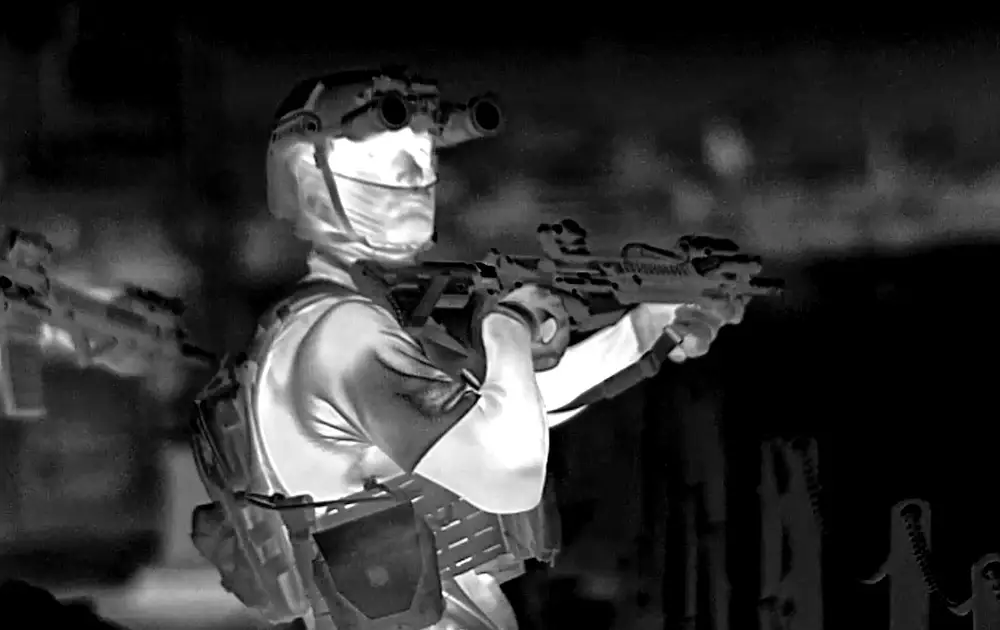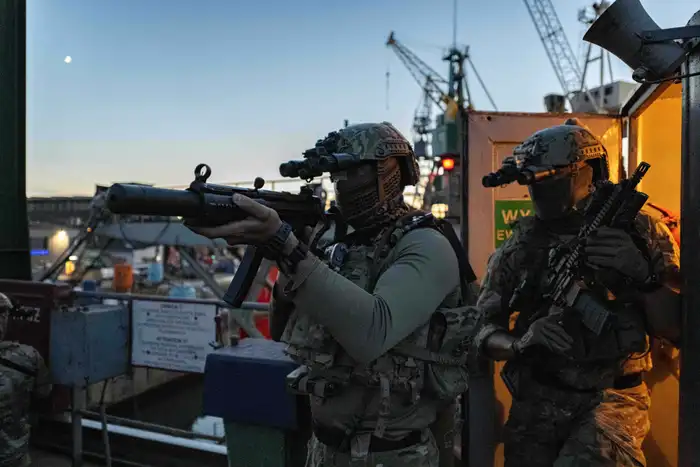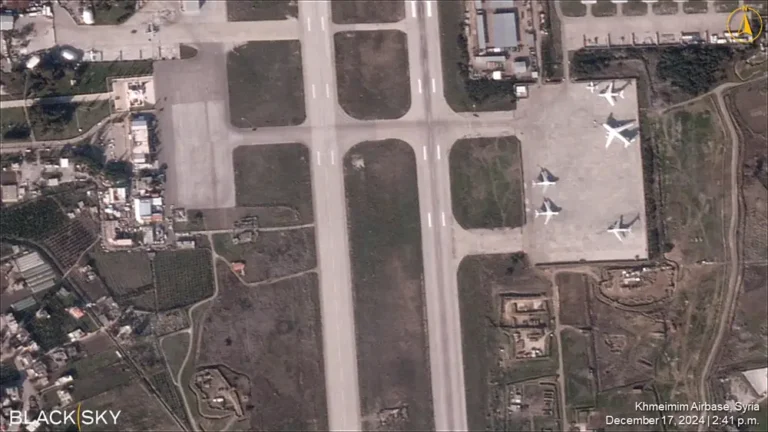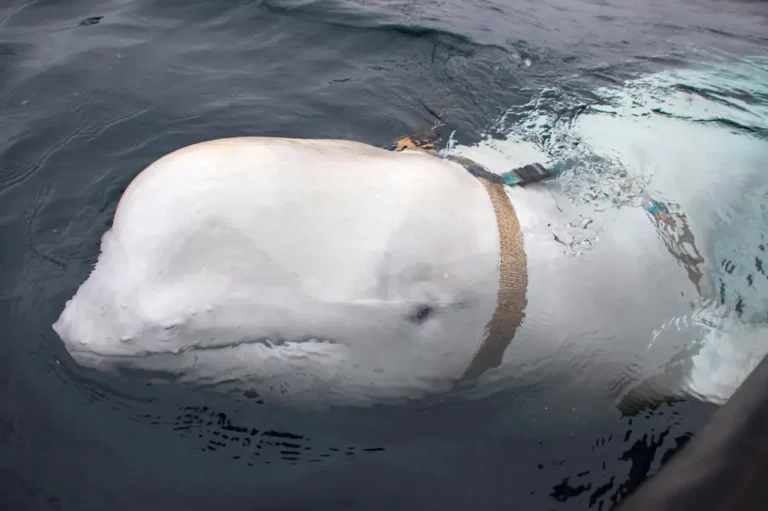SEAL Team 6 is said to be training for a fight with China over Taiwan. Here’s what it could do if Beijing invades.

A US Navy SEAL on tactical patrol.
Could SEAL Team 6 special operators help Taiwan fend off a Chinese invasion? That is what the elite special operations unit has been preparing for over a year, according to recent reporting from the Financial Times.
Increasingly self-assured, Beijing is undergoing an expansive military modernization program that seeks to build a military on par with that of the US to defend and pursue its national interests, a major one being Taiwan.
China’s fixation on Taiwan and stated willingness to use force to achieve its aims is a point of concern for the US. American military planners continue to work through war games to fend off a Chinese invasion of the island nation. In the last two decades of conflict, special operations forces played a leading role in how the US military fought. Naturally, many expect the special operations community to play a similarly large role in a conflict with China over Taiwan.
That expectation, however, may be a bit off the mark, a former SEAL shared.
SEAL Team 6 in a fight over Taiwan
“Besides some high-end maritime missions, I doubt DEVGRU would play a big role directly fighting off a Chinese invasion in Taiwan,” a former Navy SEAL officer told Insider. “You don’t use a scalpel for a job a hammer can do,” he said, speaking on the condition of anonymity because of his ongoing work with the government, added.
The Naval Special Warfare Development Group (DEVGRU), formerly known as SEAL Team 6, is the Navy’s top-tier special operations outfit. Alongside the Army’s Delta Force, DEVGRU is the go-to special missions unit for counterterrorism and hostage rescue operations anytime and anywhere. The unit famously rescued Maersk Alabama container ship captain Richard Phillips from Somali pirates in 2009 and killed Osama bin Laden in 2011.

Navy SEALs engaged in a clearing operation.
“People don’t understand what tier one units are all about,” said the former frogman, a term for Navy SEALs. “They achieve another level of proficiency in certain mission sets so that they can excel at those missions. They aren’t intended to go after every mission available, especially if another SOF [special operations] unit is more suited for it.”
A large-scale invasion of Taiwan would mainly be a conventional fight. A unit like the Army’s 75th Ranger Regiment, the premier light infantry special operations unit, would probably be much more useful in fighting back Chinese invasion forces on Taiwanese soil than a small group of SEAL Team 6 assaulters.
“However, DEVGRU would definitely play a role in a broader conflict with China. If we’re talking about US troops fighting in Taiwan, then it means a decision to go to war with China over Taiwan. In a situation like that, DEVGRU would likely go after strategic targets to enable the Big Navy and the wider conventional military in their tasks,” the former SEAL officer said.
Strategic targets like air bases, ports, and anti-access, aerial denial (A2/AD) installations, which are designed to take out US carrier groups or repel air operations, would be at the top of the target deck for US special operations units. SEAL Team 6 and the Army’s Delta Force would likely go after such targets to limit the ability of the Chinese military to wage war and support an invasion of Taiwan.

A Navy SEAL during a nighttime dive.
The Chinese navy, particularly, would be a primary target as it would be Beijing’s direct link to the invasion force on Taiwan. SEAL Team 6, alongside other SEAL units, could go after Chinese warships and logistics vessels in port for resupply and use stealthy maritime insertion techniques to place limpet mines on ships and sensory equipment in and around naval facilities.
A small community
Another reason why SEAL Team 6 would likely have a much more limited role in direct combat on Taiwan has to do with its size. Although official numbers are classified, it is believed that SEAL Team 6 has around 300 assaulters, with hundreds of military and civilian support personnel. As such, commanders will generally only use the unit for the most important missions.

A Navy SEAL during a visit, board, search, and seizure training operation.
The elite unit took a heavy hit 13 years ago when it lost 25 assaulters and direct support troops when the CH-47 Chinook they were flying on crashed after a direct hit by a Taliban fighter; in total, 38 US and Afghan troops were killed. The incident was the deadliest day in the history of US special operations and naval special warfare.
SEAL Team 6 represents the cream of the crop of the SEAL community. It recruits solely from the SEAL Teams, so all of its assaulters are alreadyNavy SEALs. The unit has four assault squadrons, divided by color: Blue, Red, Gold, and Silver. And the direct support personnel serving with the unit will often have passed, depending on their role, Green Team, SEAL Team 6’s physically and technically rigorous selection process.






